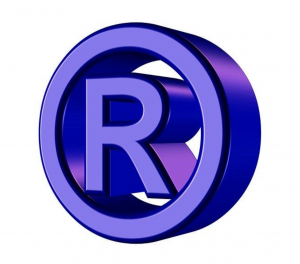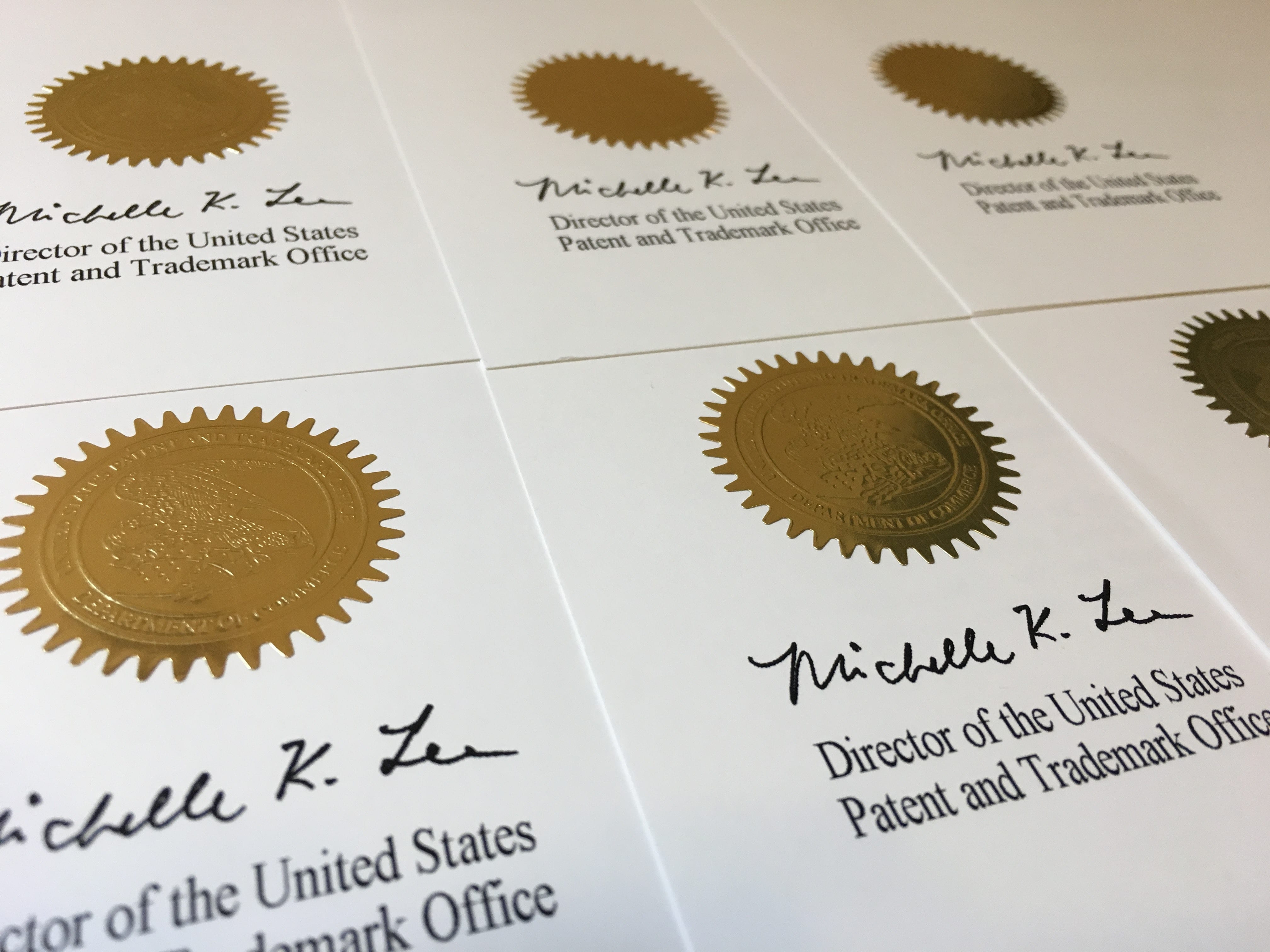Trademark first, and you’ll have peace of mind that you have protection. A trademark attorney can easily assist you with this process, and it’s a cheaper and easier option in the long run.
Most people think they understand the basics of what copyright means and entails. Then there are trademarks and the lines between copyright and trademarks can be blurry – it isn’t always easy to differentiate them. There may indeed be some overlap between the two, but once we’ve explained both principles, you’ll see they have different roles in a business.
Let’s tackle a confusing example first – a company logo. As a piece of work that was created as a ‘piece of art’ to represent a brand, it falls under copyright protection as an artistic work. If someone uses it or copies the logo without permission, it is considered to be infringement that falls under the protection of intellectual property.
A logo, however, can also be used (and therefore protected) as a trademark too. In trademark law, it falls under the definition of a ‘sign’. A ‘sign’ is used by a trader to distinguish their goods and/or services from others. The term ‘sign’ covers a broad range of things, including sounds, such as a jingle generated to represent the brand. In this case, it is protected under the law as a ‘badge of trade origin’. Under copyright law, it again is protected as a sound recording or musical work. Copyright, essentially, is there to protect the result of intellectual or artistic endeavour.
One of the prime differences between a copyright and a trademark is that copyright ownership and protection is automatic. When you create a work (a piece of writing, a song, an artwork, etc.), it is recognised as an original creation or idea and is therefore protected by copyright. However, that creation cannot automatically be used as a trademark, and afford you the rights associated with a trademark. The objective is different. You want to use the creative piece of work as a legitimate way of indicating the trade source of particular goods or services and distinguishing yourself from a trader that works for a specific industry or field. You need to register it for this purpose under Australian law.

Both copyright and trademarks serve a purpose. Let’s look at an example where there is an overlap to break it down further. Apple is famously known for its iconic apple logo. This logo was created by a creative for the business. The image is protected under copyright law as it is an ‘artistic work’. The apple icon is also used to represent the commercial brand. Apple has registered it as a trademark to distinguish it from other brands that operate in computers. The Apple logo is, therefore, both a trademark and copyrighted.
The confusion around these issues is common, and trademark attorneys see this when potential clients approach them requesting that a brand name be registered for ‘copyright’. What they actually mean is that they want to register a trademark for their brand name. They don’t realise that their name is already being used as a ‘trademark’, just in an unregistered form.
It’s not recommended to use an unregistered trademark, mainly because it is tough to enforce an unregistered trademark against unauthorised use. If you feel there has been an infringement, you will have to gather a lot of evidence to prove your case – both time consuming and costly. If, however, you have a registered trademark, you don’t need to prove any sort of reputation or prior use. You simply prove that you have a registered trademark in that sphere of business, and the law is there to support you.
When you register a trademark, it also automatically is placed in a database. When brands or businesses are looking to register a new trademark, they can access this database. When they come across a mark you have already registered, they will know upfront that their proposed trademark is too similar, and they can then look for alternatives and avoid infringing your rights. They know right away that your trademark is protected and that they shouldn’t use it.
If you haven’t registered your trademark, they will likely be unaware of your brand and may start using something similar entirely unawares. In some cases, they may know you are not registered but choose to go ahead with it. This means you may find yourself in a situation where someone else is using a trademark similar to the one you have been using, but you have very limited options to stop them from doing so. As an unregistered trader, it is hard to prove conflict on the trademarks register if someone else filed before you did. Trademark first, and you’ll have peace of mind that you have protection. A trademark attorney can easily assist you with this process, and it’s a cheaper and easier option in the long run.


Join the conversation!